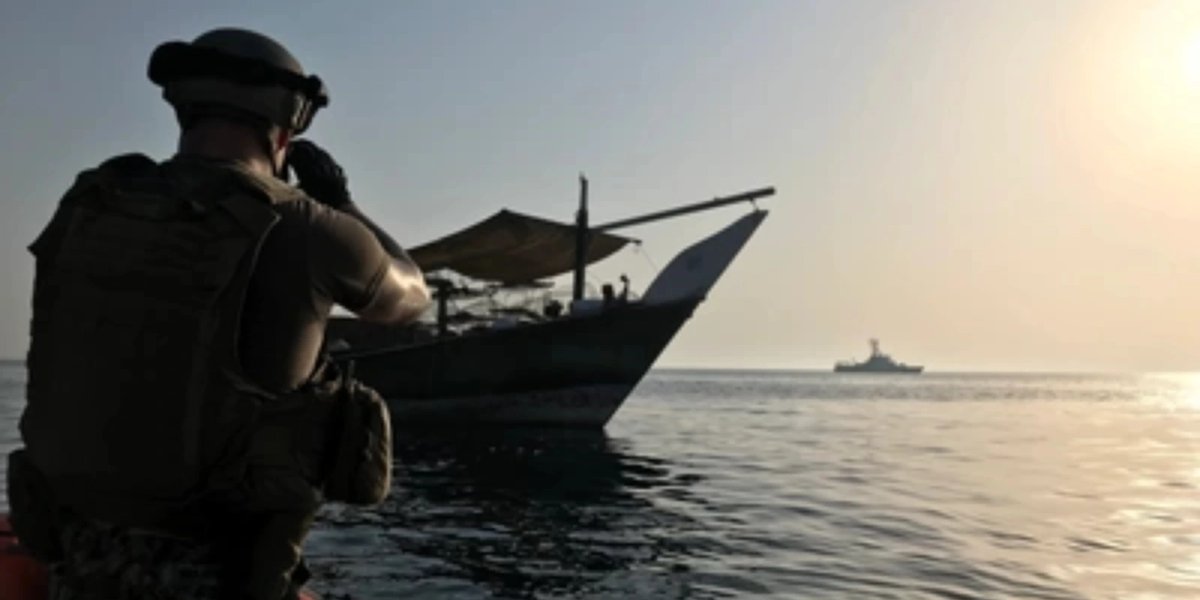FORCE DESIGN 2028: ENHANCING U.S. COAST GUARD EFFICIENCY

The U.S. Coast Guard (USCG) is going to look a lot different moving forward thanks to a new initiative meant to overhaul the force, including civilian and reserve components. Known as Force Design 2028, Coasties, management, the use of technology, and even their headquarters are all being upgraded to evolve to meet modern defense needs.
U.S. Coast Guard Efficiency Improvements Under Force Design 2028
Efficiency is at the heart of Force Design 2028 for the Coast Guard, which is looking to save money, maximize efficiencies, and establish a better future for the branch.
There are four campaigns that Force Design 2028 is focusing on, including people, organization, contracting and acquisition, and technology.
“We are executing transformational change to renew the Coast Guard. Force Design 2028 will ensure the Coast Guard remains Semper Paratus, Always Ready, to serve the American people,” said Acting Commandant Adm. Kevin Lunday.
As the USCG is a part of the U.S. Department of Homeland Security (DHS), there has been an increased focus on its readiness and operations in recent years. These efforts are aiming to maximize the USCG moving forward.
Sean Plankey Will Lead FD 2028
The Secretary of Homeland Security, Kristi Noem, is placing Sean Plankey at the helm of FD 2028.
During his time, Plankey has served with the Coast Guard in many different capacities, including attending the Coast Guard Academy, serving in Afghanistan, and holding top cybersecurity roles for the Navy and the White House.
Considering the ties Plankey has to cybersecurity, it’s expected that the USCG will see a more modern approach to national security while upgrading its technological capabilities as a whole.
Improvement and Recruitment
Having the Coast Guard undertake reform comes at an interesting time for the branch:
- Fiscal Year 2024 was the first time in six years that the branch hit its recruitment goals.
- There is a renewed focus on the USCG to help with illegal immigration.
- The future of warfighting continues to point to an increase in naval security risks, with a specific focus on the Pacific.
Upgrading the technology, standards, and operations for the USCG is a tall task for anyone, but an important one to take on as warfare evolves.
Force Design 2028 will align with our nation’s evolving needs as we enter somewhat uncharted waters, navigating new challenges both at home and abroad.
Operational Changes in U.S. Coast Guard Force Design 2028
One of the goals set forth by Force Design 2028 is to install a secretary within the USCG—something other service branches have but the Coast Guard does not.
Other positions are being added to USCG headquarters to help with operations, including Director of Staff, an implementation team for FD28, and an Assistant Commandant for integrating operations and response policy.
These changes will help increase how fast decisions are made and ensure that resources are allocated appropriately.
There is support from the Republican camp with legislation looking to create the Coast Guard secretary position.
Furthermore, there is also a renewed focus on standardized fitness standards, which may need review to meet Defense Secretary Pete Hegseth’s policies, and a redesign effort to help delegate operations to improve readiness.
The Coast Guard's plans will aim to boost support, speed up acquisitions, and adopt new tech for better awareness.
Speaking on the matter, Acting Commandant Admiral Kevin E. Lunday believes that Force Design 2028 will make the branch more agile.
Suggested reads:
Buddy Blouin
Buddy Blouin is a Contributing Writer at VeteranLife.com
Buddy Blouin is a Contributing Writer at VeteranLife.com
SHARE:



